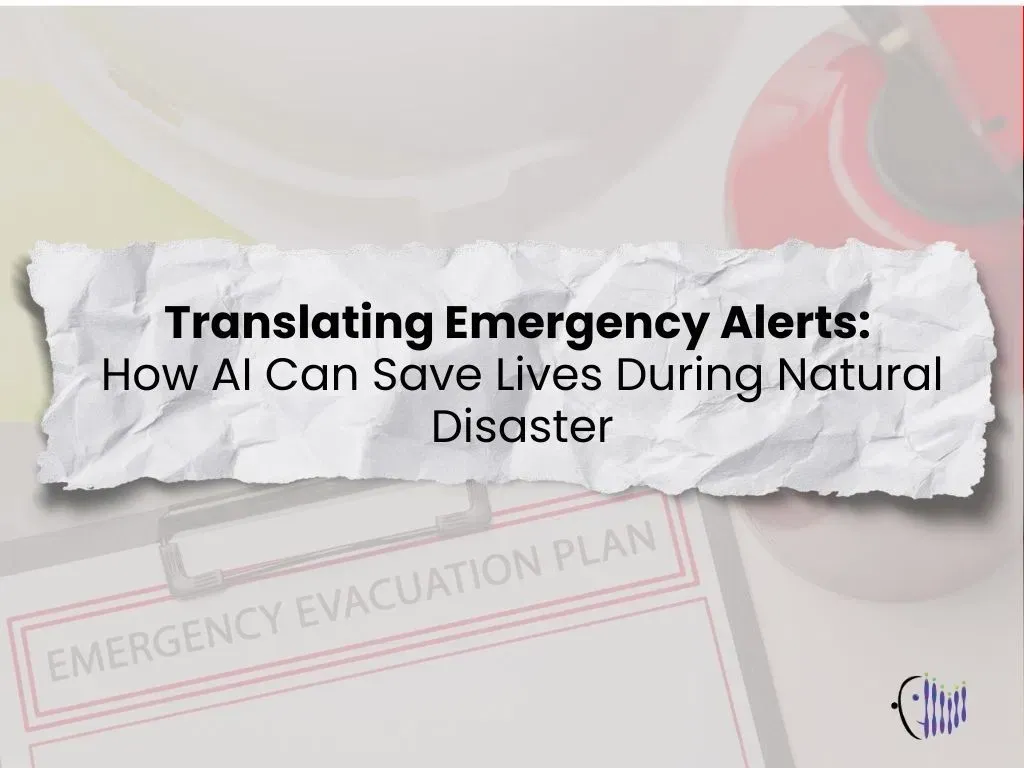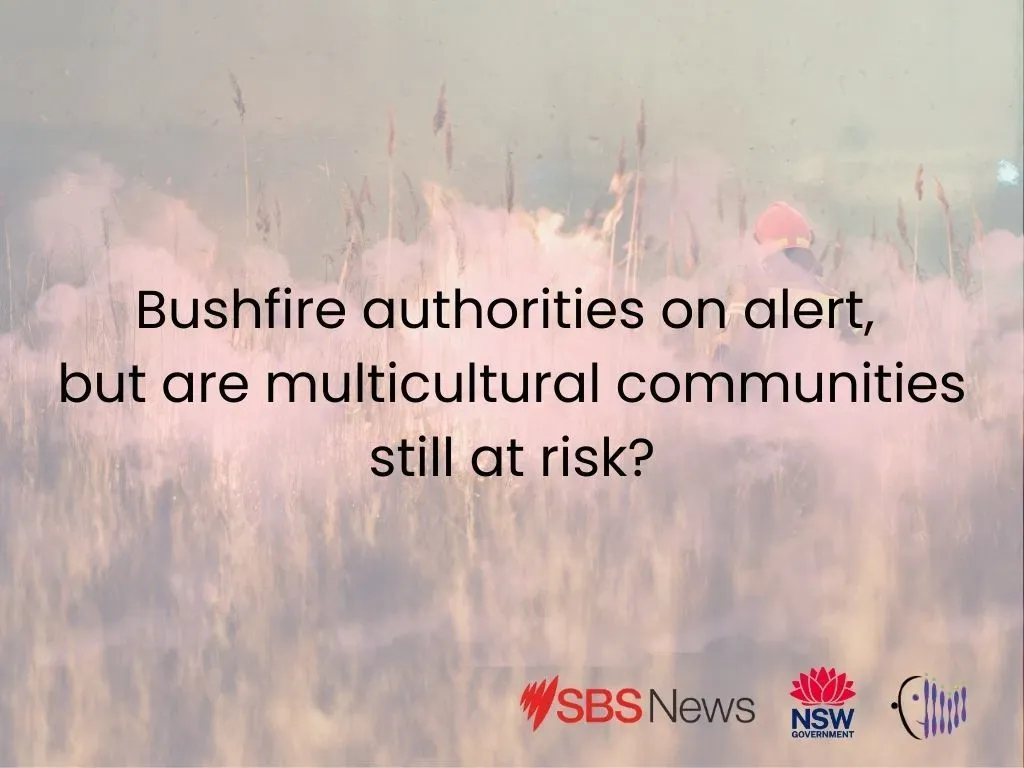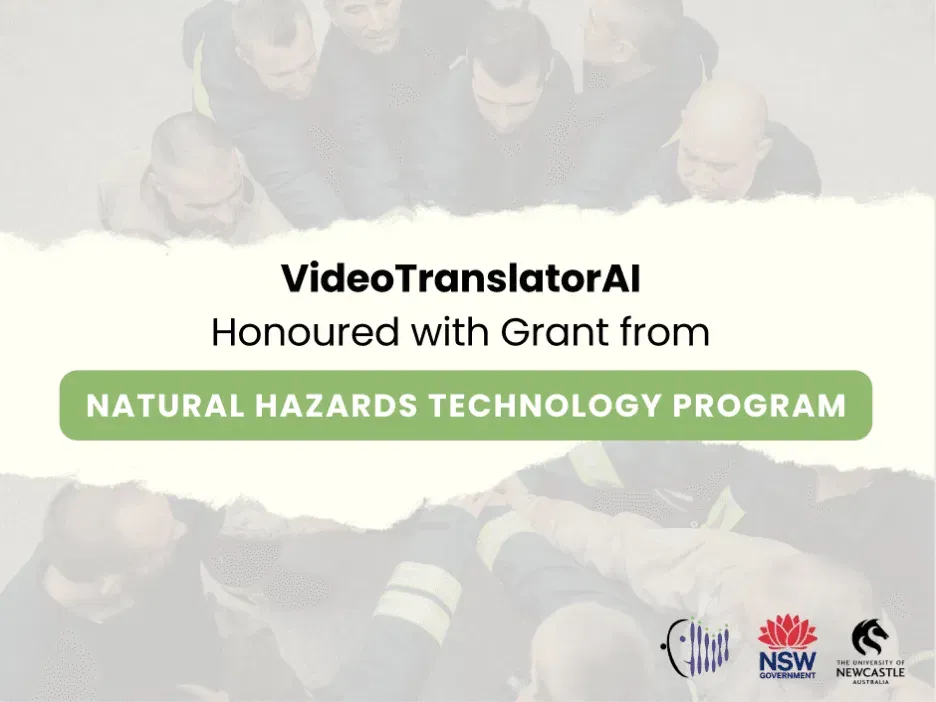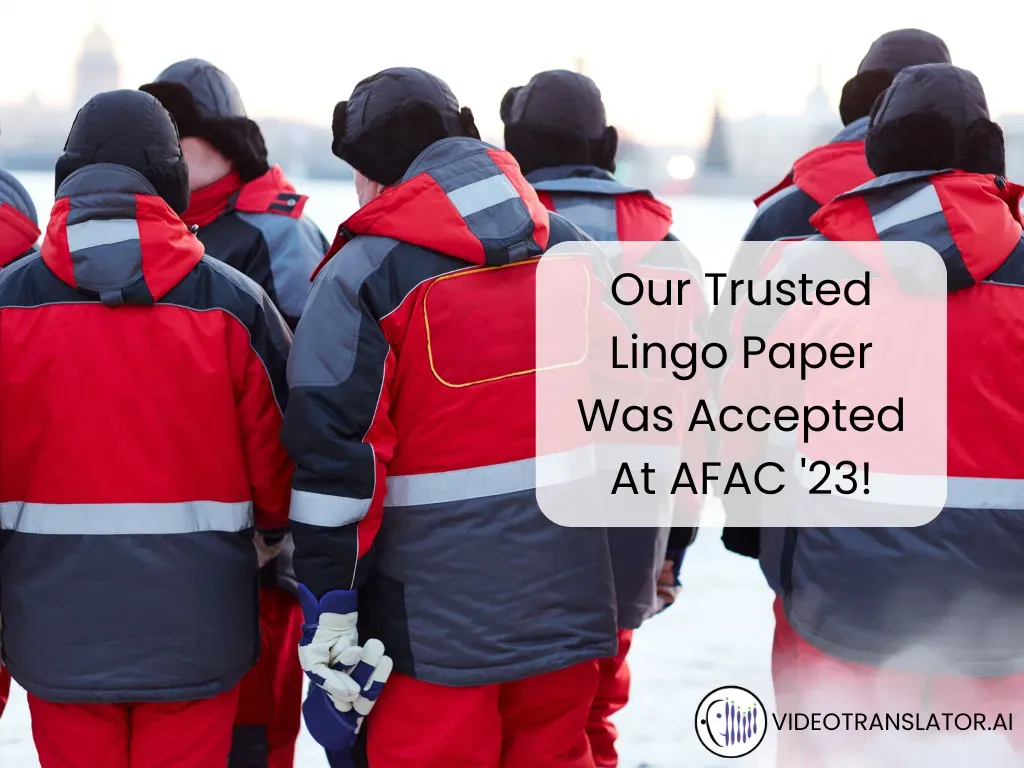Imagine being lost and unable to find the information you need. Now, picture that is happening in the middle of a natural disaster. To make matters worse, what if the critical information was only available in a language you don’t understand? It’s a frightening thought, isn’t it? This is the reality many people face when disaster strikes, highlighting the urgent need for accessible information in multiple languages.
Clear and timely communication is the difference between life and death during natural disasters. This is where AI-powered translation services are revolutionising communication for emergency responders, ensuring that vital information reaches everyone, regardless of language. In this blog post, you will discover how AI translation technology makes emergency response more accessible and inclusive!
The Global Challenge of Multilingual Emergency Alerts
Emergency alerts are a lifeline in times of crisis. However, for non-native speakers or those unfamiliar with the official language of their region, these alerts may be confusing or even indecipherable. Effectively communicating with a multilingual population during a disaster is a significant challenge. The reason is that rapid and precise delivery of emergency warnings has been proven to reduce casualties, enhancing public safety and trust in the government.
Imagine a scenario where a station is broadcasting a flood warning, but a portion of the community speaks a different language. The delay in understanding instructions can result in delayed evacuations, increased injuries, and even fatalities. Real-world incidents, such as the 2017 California wildfires, Hurricane Katrina in New Orleans in 2005, the 2013 tornadoes in Oklahoma, and the 2020 bushfires in Australia, have all highlighted the dire need for emergency messages to reach people in their native language. These disasters show how language barriers can lead to tragic outcomes, underscoring the global importance of ensuring all communities, regardless of their language, receive critical, life-saving information.
The solution? Rapid and accurate real-time translation to ensure that no one is left out due to language differences.
The Role of AI in Emergency Translations
AI has emerged as a powerful tool for tackling the language barrier in various situations, including disaster response. AI-driven translation services can swiftly translate text and even spoken words into multiple languages, allowing emergency personnel to disseminate life-saving information instantly.
One of the key benefits of AI-powered translation is its speed. During fast-moving disasters like hurricanes or earthquakes, every second counts. Traditional methods of translation, which require manual input and review, simply can’t keep up. Conversely, AI can generate near-instantaneous translations, making it possible to alert multilingual communities without delay.
Accuracy is another crucial aspect. Emergency alerts are often filled with technical terms or urgent instructions that must be conveyed precisely. Thanks to the advancement of natural language processing (NLP), AI can now understand and translate these complex terms while maintaining context and meaning.
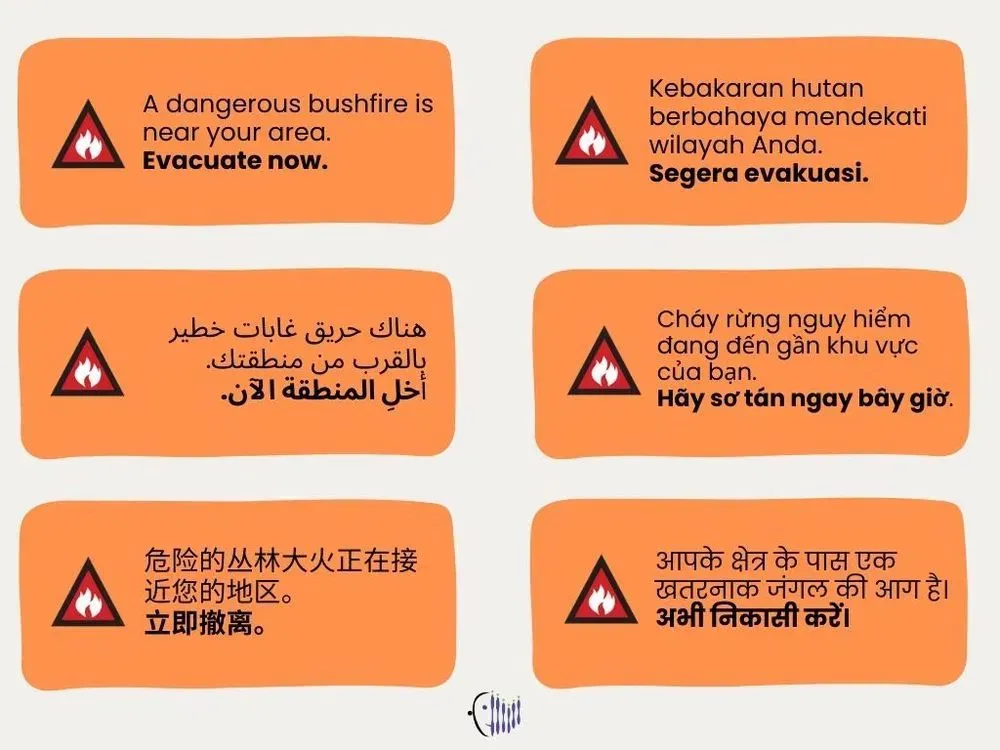
How AI-Powered Translation Can Save Lives
AI-powered translation services have the potential to become life-saving tools during natural disasters. Consider a flood warning issued in real time to a community where multiple languages are spoken. With AI translation, people receive instructions on evacuation routes, safety protocols, and shelter locations in their native languages, ensuring everyone knows what to do.
In addition, AI helps make emergency communications more inclusive. Vulnerable populations–mainly immigrants, refugees, and tourists–are often left without clear guidance during disasters because they don’t speak the local language. Using AI, emergency services can bridge this gap, allowing the populations to access the same vital information as everyone else.
This is especially important for public safety agencies working in diverse regions where diversity is high. As climate change increases the frequency and intensity of natural disasters, AI-powered tools will become essential for ensuring that all communities receive the information they need to stay safe.
The Future of AI in Emergency Management
The future of AI in emergency management is promising. Governments and emergency agencies are already exploring ways to integrate AI-powered translation services into their emergency response frameworks. The NSW Government, for instance, has begun harnessing the power of AI to provide more accessible and effective emergency services. AI could soon become a standard feature in emergency management protocols by automating the translation of critical messages and enabling real-time communication between responders and citizens.
However, like any technology, AI has its challenges. Dialects and cultural nuances can still trip up even the most advanced AI models. Developers are working tirelessly to overcome these hurdles by training AI on diverse datasets and incorporating human-in-the-loop systems to ensure translation accuracy.
That said, it’s important to note that AI is not meant to replace human translators or emergency personnel. Instead, AI is a powerful tool that can alleviate the immense pressure on responders during a crisis. While AI can rapidly translate information and streamline communication, human oversight remains essential to ensure the context, tone, and specific nuances of emergency alerts are correctly conveyed.
Despite these challenges, the potential benefits far outweigh the drawbacks. The combination of speed, accuracy, and scalability makes AI an indispensable tool for emergency management, particularly in multilingual communities.
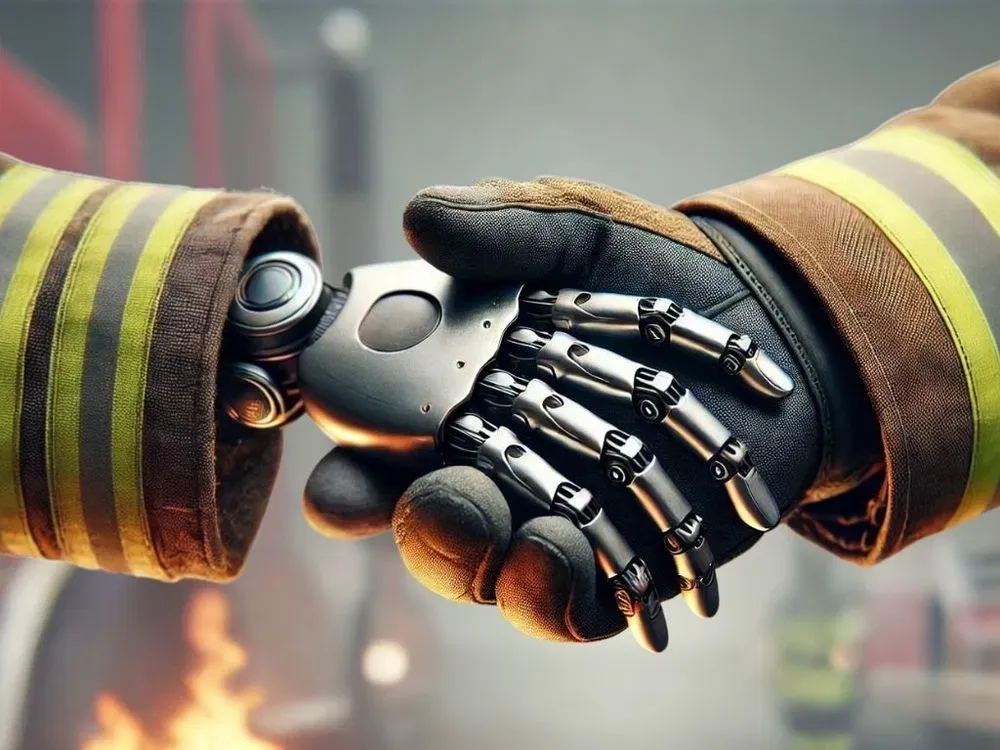
VideoTranslatorAI’s Role in Revolutionising Emergency Communication
At VideoTranslatorAI, we are at the forefront of this revolution. Our AI-powered text translation service is designed to handle multilingual communication’s complexities, including in emergency situations. Whether translating evacuation orders or disseminating safety information, our tool ensures that everyone–no matter their language–can access life-saving alerts.
Additionally, our multilingual videoconferencing tool, which offers real-time translation capabilities, allows emergency responders to communicate directly with non-native speakers. This tool facilitates two-way conversations during critical moments. Furthermore, this tool is intuitive and easy to use, resembling popular videoconferencing platforms but enhanced with real-time translations.
Currently, we are collaborating with the NSW Government to integrate our AI-powered translation with the Hazards Near Me app. This innovative project is part of the Natural Hazards Technology Program (NHTP), and we’re eager to make a real impact by advancing communication and accessibility in the emergency management sector!
Read the positive remarks from NSW Minister for Customer Service and Digital Government, Minister for Emergency Services, and Minister for Youth Justice, Jihad Dib, about our technology here: Recognition from the NSW Government: Minister Dib Highlights Our AI-Powered Translation Technology at AFAC24
To learn more about our journey with the NHTP project, click here: VideoTranslatorAI Honoured with Grant from the Natural Hazards Technology Program!
Conclusion
As the world faces more frequent and severe natural disasters, the ability to communicate across languages becomes more critical. AI-powered translation tools are transforming how we respond to these crises, ensuring that vital information reaches everyone, regardless of language barriers. Governments, organisations, and emergency responders must adopt these technologies to ensure a more inclusive, efficient, and life-saving disaster response.
VideoTranslatorAI is proud to be part of this global effort, leveraging AI to save lives and build more resilient communities. The future of emergency management is here–and it speaks every language. If you have any questions regarding our technology, please contact us at hello@videotranslator.ai.
More to come, so stay tuned!
